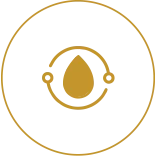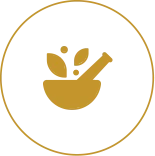You have been PUBGing your way through the weekend. The morning next, you wake up with a backache, heavy head and fatigue. While some sections make a case for it by saying, it builds analytical skills, improves strategic thinking etc, and gamification has been used as treatments in fields like physiotherapy and occupational therapy too, but the physiological and mental effects of gaming for hours on end are well documented, and we are not even talking about the emerging evidences of association between gaming and violence. Gaming from the couch for prolonged hours are known to cause strings of health problems like constipation, Carpal Tunnel Syndrome, computer vision syndrome, obesity and fatigue. How about we offer some serious tips to take care of your physical body and mind for the gamers who invest hours in honing their virtual avatars?
1.Yoga
Yoga is a holistic answer to the question that is what can gamers do to take care of their neck, muscles and eyes that are most impacted from gaming too much. Not just addressing the physiological stress, Yoga, when practiced with awareness and attention on the breath, it also helps to calm the mind totally. This is important because the most video games today are VR driven that can wreck the mind, overburdening it with virtual stimuli.
a)Upward facing dog (Urdhvamukha Svanasana) and Downward facing dog (Adhomukha Svanasana)
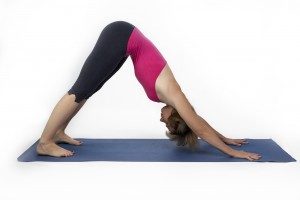
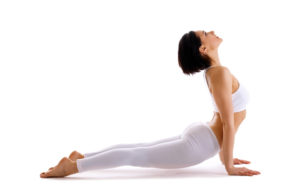
These stretches help lengthen your spine, circulate blood better and strengthen the limbs. When done with awareness and in alignment with your breath, it can have a very calming effect on your mind.
- Come into plank position or Dandasana. Here, both the palms on the floor aligned with both the shoulders, both the toes on the floor. So your whole body is in a single line.
- From your heels to the shoulders, it should look like a single alignment, approximately 30 degrees from the floor and your eye gaze is on the mat on the floor and your palms are in line with your shoulders.
- When you breathe in and breathe out, bend your elbows, drop your body down and then
- slowly as you breathe out, stretch your body slightly forward and lift up your body completely on your palms and on your ankles and look up. So your body makes a curve from the toes to top of your head, into an upward facing dog
- and then slowly as you breathe out, slowly come down, the upper body goes down and then lift your hips up, lift your whole body on your palms and on your heels. Come into the downward facing dog position.
- Once again as you breathe in, go in upward facing dog and then as you breathe out, downward facing dog.
- When you exhale, squeeze your stomach in, take you mind towards the abdomen region and then go in downward facing dog. Repeat this cycle 5 times. Finally relax in child pose.
b) Warrior pose (Virabhadrasana)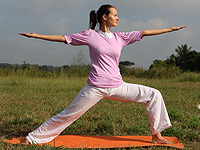
This is ideal pose for letting go of the stress in your shoulders and arms. It helps build body balance and stamina while toning the arms, legs and the lower back.
Steps for Warrior Pose
- Stand with your legs apart by about 3 feet.
- The right foot is out 90 degrees and the left foot is in 15 degrees. Make sure the right heel is aligned with the inner center of the left foot.
- Both the arms are up to the shoulder level parallel to the ground with palms facing the sky.
- As you breathe out, bend the right knee in a way that the right knee and ankle are as straight as possible. The knee does not overshoot the ankle.
- The head is turned to the right. Look right.
- You can stretch into this pose some more while breathing deeply. You can push the pelvis downwards. Make sure you do as much as your body permits. Do not overstretch.
- As you breathe in, come up and as you breathe out bring the hands down.
- Repeat it on the left leg.
Do not do this pose if you have spine injuries or high blood pressure. If you have a knee issue, you can use the support of a wall.
c) Bridge Pose (Setu Bandhasana)
Relieves tiredness from the back, improves digestion, reduces anxiety and thyroid related issues apart from relaxing your mind.
For Bridge pose, bend both your knees and place the feet on the floor, very close to your hips.
- Catch your ankles by the sides of your body and then
- slowly as you breathe in, lift your stomach up, lift your hips up.
- Your neck is resting on the floor and your head is resting on the floor.
- Stay in this posture for 5-7 long deep breaths.
- Slowly as you breathe out, relax your hips down and relax your entire back and bring it down and then slowly stretch out both the legs.
d) Superman Pose (Viparita Shalabhasana)
This is one of the finest stretches for your body when done well. It works up the muscles of the chest, shoulders, arms, lower back and abdomen. It gives a nice massage to your spine and back and aids blood circulation. Here’s how to do it.
e) Child pose or Balasana
This pose releases the stress and tightness from the body, leaving you feeling fresh and energized.
Benefits Of Child Pose
- Leads to deeper exhalations
- Creates sufficient space in the spinal vertebrae and improves blood circulation to all nerves.
- Forward bends massage your internal organs like abdomen, kidney, and liver and help you to exhale completely, thus calming your mind.
f) Camel pose or Ustrasana
- While in child pose, slowly as you breathe in, lift your arms up by the sides,
- slowly lift your body up, come on your knees, look up and then
- take your arms down all the way back towards the body.
- Interlace your fingers, chest out and then look up.
- And then slowly as you breathe out, squeeze your belly in, and take your chin to the chest and slowly lie down once again. Repeat the entire sequence of both the asanas 5 times.
g) Chair pose or Utkatasana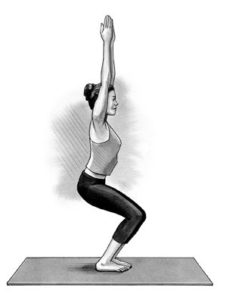
Lift both the hands up from the front and arrive at a 45-degree angle midway between parallel to the floor and straight over your head.
- Slowly as you breathe out, bend your knees and your body will descend, push your hips all the way back, keep the entire spinal cord straight.
- Your hands are up, biceps touching the ears. Look in front and stay there for 5-7 long breaths.
h) Tree pose or Vrikshasana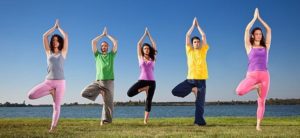
- Make a Namaste above the head with both the palms stretched up.
- The left foot should be on the floor straight facing ahead. Knees should not be bent.
- The right foot should be tucked into your left thighs.
- Take 2-3 long deep breaths in this pose before they can relax this posture slowly.
Here is the secret to hold this pose steadily. In this pose, if you look at one specific point in front of the body, you can easily keep your balance longer.
2.For The Eyes
Here’s what you can do to protect your eyes from damage and developing problems like computer vision syndrome.
3.Yoga Nidra or Guided Yogic Sleep
Having felt the stretch in the abdomen and all other parts of the body, now it is time to rest and let the body cells relax. It is very important that after doing asanas, we either finish the session with a guided meditation of Yoga Nidra (Yogic sleep). Without proper rest after the asanas, you miss out on the most important experience of Yoga which is a deep spiritual rest that your body gets, after having exhausted the Rajas Guna in the body through focused activity.
4. Muscle release oil for the stiff neck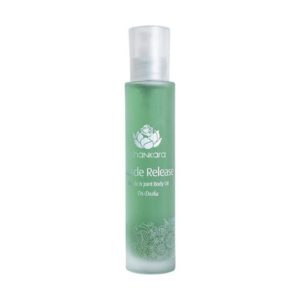
The most common victim of your extended PUBG sessions are your neck and muscles that ache and stiffen up. Once you finish with your Yoga session or for that matter any other work out, it is a good idea to give yourself a full body massage using herbal muscle release oil that seeps into your muscular tissues, lubricating and rejuvenating each muscle fiber in your body. It also releases the psychosomatic stress stored in your body. For example, the Shankara Muscle Release Oil, a unique blend of eastern herbal essences and actives from the west like sunflower, almond, sesame, aloe vera, castor, jojoba, sweet birch, lavender, cedarwood, frankincense, devils claw, boswellia among others, is widely being used by those who are into sports, Yoga or some form of workout that works up the muscle tissues of the body.







